#738 Cowichan soliloquy
River Tales: Stories from My Cowichan Years
by Liz Maxwell Forbes
Crofton: Osborne Bay Books, 2019
$24.95 / 9780994906533
Reviewed by Georgina Montgomery
*
 It has always been a happy thought to me that the creek runs on all night, new every minute, whether I wish it or know it or care, as a closed book on a shelf continues to whisper to itself its own inexhaustible tale. — from Annie Dillard, Pilgrim at Tinker Creek (1974).
It has always been a happy thought to me that the creek runs on all night, new every minute, whether I wish it or know it or care, as a closed book on a shelf continues to whisper to itself its own inexhaustible tale. — from Annie Dillard, Pilgrim at Tinker Creek (1974).
It was 1976 when Liz Maxwell Forbes, separated from her husband and in a new relationship, did what many folks of the 1960s and 70s were doing: buying affordable land outside the city with the dream of achieving a simpler, more self-sufficient (in the parlance of the day, “alternative”) lifestyle.
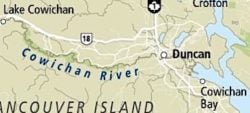 Moving from Victoria, Forbes, her partner, and another couple purchase a 20-acre waterfront property off Riverbottom Road, located along the fabled Cowichan River not far from the town of Duncan on Vancouver Island. The river ran right through the middle of the parcel. On one side was a cluster of buildings sitting fairly close to the river, surrounded by trees and backed by fields and brush.
Moving from Victoria, Forbes, her partner, and another couple purchase a 20-acre waterfront property off Riverbottom Road, located along the fabled Cowichan River not far from the town of Duncan on Vancouver Island. The river ran right through the middle of the parcel. On one side was a cluster of buildings sitting fairly close to the river, surrounded by trees and backed by fields and brush.
The buildings on their own — two small and largely neglected cottages, an old garage and a few rickety sheds — might not have sealed the deal, but the presence of the river certainly did.

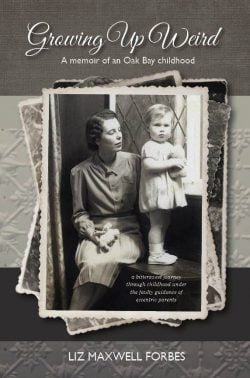
Despite being what one might call an accidental country girl, Forbes quickly embraces her new life. And she doesn’t stop for the next 20 years, as recounted in this memoir, River Tales: Stories from My Cowichan Years. With an engaging story-telling ability, sharp eye for detail, and tuned ear for dialogue, Forbes provides an entertaining, informative, and well-written on-the-ground snapshot of an interesting, not-so-long-ago time.
And it was, as they say, a time.
She and her partner raise not only a blended family of children, but a menagerie that variously includes cats, dogs, chickens, two horses, three Highland cattle and, for briefer stints, bees, peacocks and peahens, ducks, a goose and a gander, guinea fowl, pigeons, pigs, and a goat.
Day jobs are necessary, yet — with pioneer-like spirit and Harrowsmith sensibilities — the group tackles a long list of home, garden, and pasture improvements, all the while accommodating an even longer list of guests. Friends, relatives, strangers from far and near: Forbes documents a steady procession of individuals and couples who come over the years to stay temporarily, renting a room or “the studio” for a month (or a year), camping in teepees, and sleeping in trailers or vans for a season (or two).
Hosting picnics, corn roasts, dinners, and parties brings other visitors to the river property on a regular basis. (Forbes clearly has a generous, sociable and easygoing nature. She doesn’t say this about herself, but it’s apparent in every chapter.) Several dozen photos included in the book provide a partial visual record of all the goings-on.

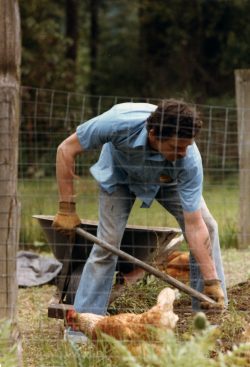
Many of the larger gatherings are for specific occasions, such as “cousin reunions,” the annual summer party for the local intercultural society and, once, an Earth First rally.
Even more of the parties are of the why-not sort. Neighbours occupying nearby acreages — there are private homes, a bible camp, a dude ranch, a historic fishing lodge, and a monastic community of the ultra-conservative Apostles of Infinite Love — are sometimes invited, with varied uptake.
A particularly memorable party for Forbes — “a party that grew into a five-day-long happening” — captures much about the time and place and people she chronicles throughout the book. It’s the middle of August 1989 (by which time Forbes is no longer with her partner and has become the sole owner of the property):
People kept on arriving, tents were set up, large quantities of food appeared: tabouli, humus, Greek salad,… The party developed its own life and rhythm and flowed with the energy of music and people, moving from the porch, where Peter from Thetis Island, resplendent in a grey three-piece suit from the Sally Ann, had set up his drum kit, to the fire pit, where wine and tokes and guitars welcomed. It drifted to the river, where Michael, Nik and Andrew had built a sweat lodge made of branches and skins (actually old blankets and tarps), and back to the fire, then to the small teepee, where people gathered in a circle rhythmically drumming on deerskin drums…. Suzanne, my writerly neighbour from up the river, came with her two amorous Yorkshire terriers and her mother, Shorty. Soon Shorty was perched on the wobbly wooden chair in front of the piano, well fortified with scotch, belting out honky-tonk songs (pp. 248-249).

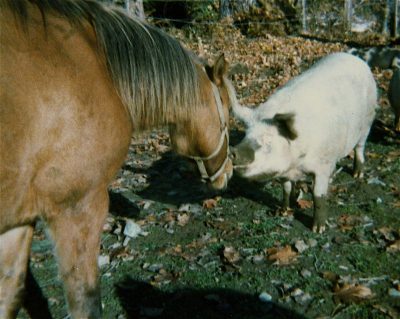
However, for all the family and friend social times Forbes recounts, and the trials and tribulations she describes in maintaining a large rural property, it’s the big river flowing virtually at her feet that is a unifying force in these tales.
Day in and day out, it delivers her many things. Sunlight and moonlight dancing on the water’s surface. Countless species of wildlife and vegetation. Warm water to play in during the Cowichan Valley’s hot summers. Wicked whirlpools and rocks beyond the safe-swimming zone. Fresh salmon, trout, and crayfish for the table. Kayakers, river tubers, and anglers on foot and in watercraft. A drowning when a young man loses control of his boat in fast waters in sight of Forbes. Winter floodwaters that rearrange the riverbanks and threaten worse.
Rivers often feature in literature as a metaphor for time and the constant that is change. River Tales, with its kind of Wind in the Willows meets Pilgrim at Tinker Creek feel, fits nicely this ages-old parallel.
Here Forbes provides with a near-diary intimacy (seasoned with good humour and minus the angst present in much of anyone’s personal jottings in the moment) a perceptive and well-paced account of an important two-decade period of her life. A reader needn’t have lived in this region of Vancouver Island, let alone hobby-farmed or even homesteaded, to be able to relate overall to her “Cowichan years.” For most of us, this is what life is: a ride through personal growth, relationships, social change, successes, losses, and joys. And that ride takes us down a common channel, one with a combination of meanders, back eddies, tumultuous runs and, if we’re lucky, many long stretches of sweet calm.
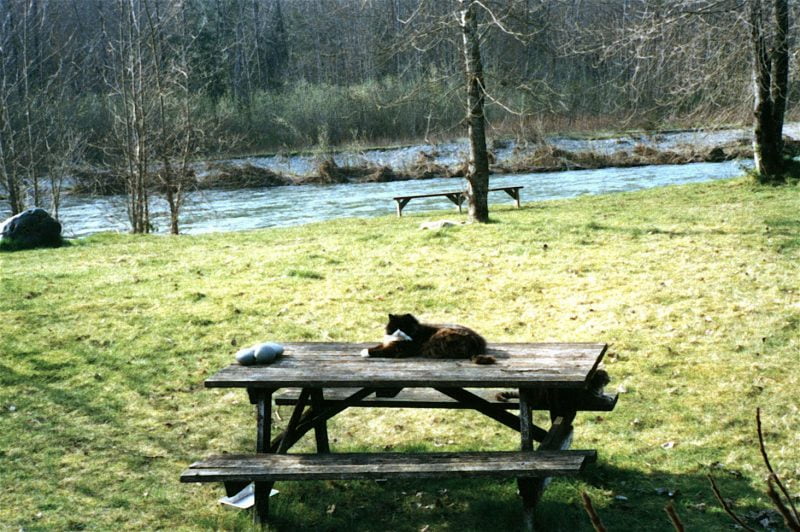
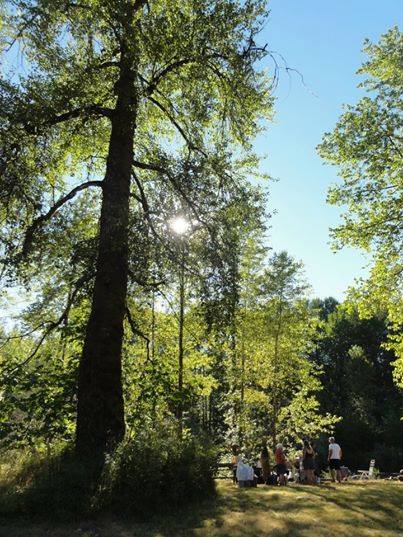
In 1997, after a couple of years of uncertainty about whether to keep the property or not, Forbes was able to arrive at a happy resolution when her youngest son bought it and made it his full-time home. In this way, her ties to the river remain even while she has moved on to a new chapter of her life not too far away.
Near the end of the book, reflecting on what the river taught her, Forbes provides the perfect conclusion:
No matter how we tried to impose our will on the land, the river ran where it pleased, sometimes taking the soil with it, washing away our efforts to make change. We had rocks, huge boulders, placed along the riverbank to protect our property and our homes, even though we knew that eventually the force of the river would wash them away. The Cowichan is an ancient river and has changed its course many times over the years … and it will still be flowing through the land long after all of us are gone (p. 313).
I will give the last word to Annie Dillard. “`Last forever!’ Who hasn’t prayed that prayer? You were lucky to get it in the first place. The present is a freely given canvas. That it is constantly being ripped apart and washed downstream goes without saying.” — from Annie Dillard, Pilgrim at Tinker Creek.
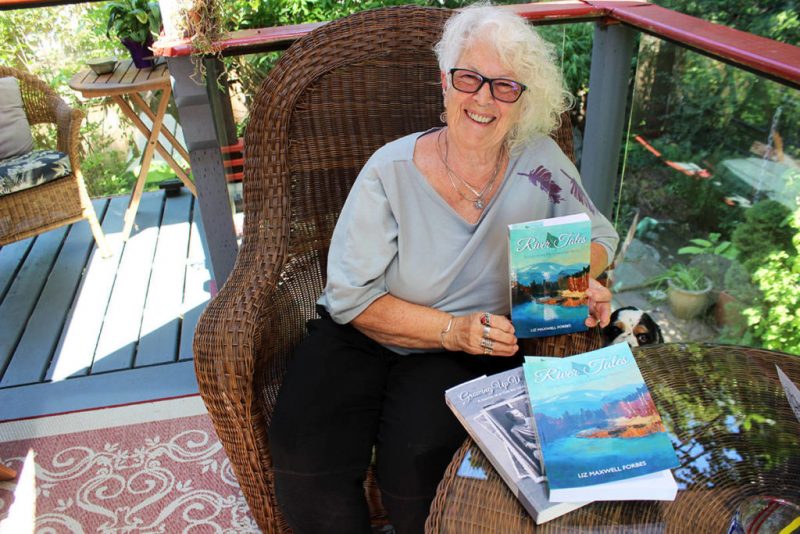
*

Georgina Montgomery was a freelance writer and editor for corporate and government clients for over 30 years, 21 with West Coast Editorial Associates LLP. On the side, she wrote articles — most with a travel, history, or arts and culture focus — for regional, provincial, and national magazines. She’s also the author of The Cowichan (Harbour, 2009), co-author of SuperGuide to the Southern Gulf Islands (Altitude, 1995, 2000), and editor and contributing writer to Canada’s Western Arctic: The Definitive Guide (Western Arctic Guide Committee, 2002). As suited their curiosity and live/work space needs, Georgina and her family have enjoyed the last few decades living for various periods in Victoria, the Gulf Islands, and the Cowichan Valley. In 2019, she and her husband returned to live near Duncan where she’s now embracing the other form of interpretation and translation always in her life: visual art.
*
The Ormsby Review. More Books. More Reviews. More Often.
Publisher and Editor: Richard Mackie
The Ormsby Review is a journal service for serious coverage of B.C. books and authors, hosted by Simon Fraser University. The Advisory Board consists of Jean Barman, Robin Fisher, Cole Harris, Wade Davis, Hugh Johnston, Patricia Roy, David Stouck, and Graeme Wynn. Scholarly Patron: SFU Graduate Liberal Studies. Honorary Patron: Yosef Wosk. Provincial Government Patron since September 2018: Creative BC
“Only connect.” – E.M. Forster
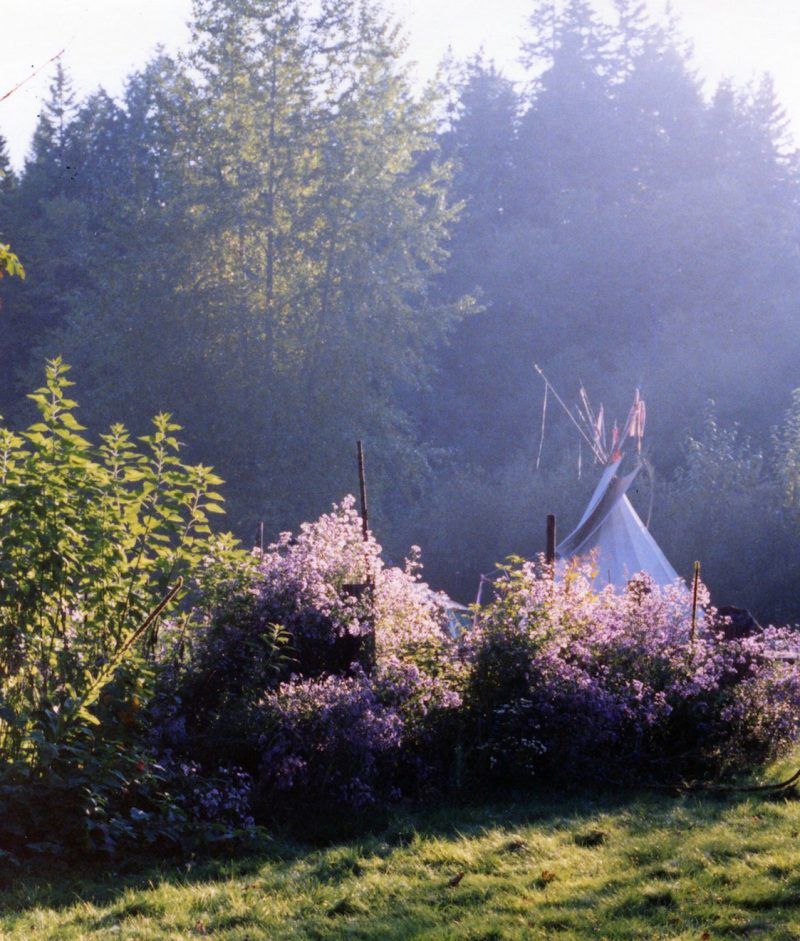
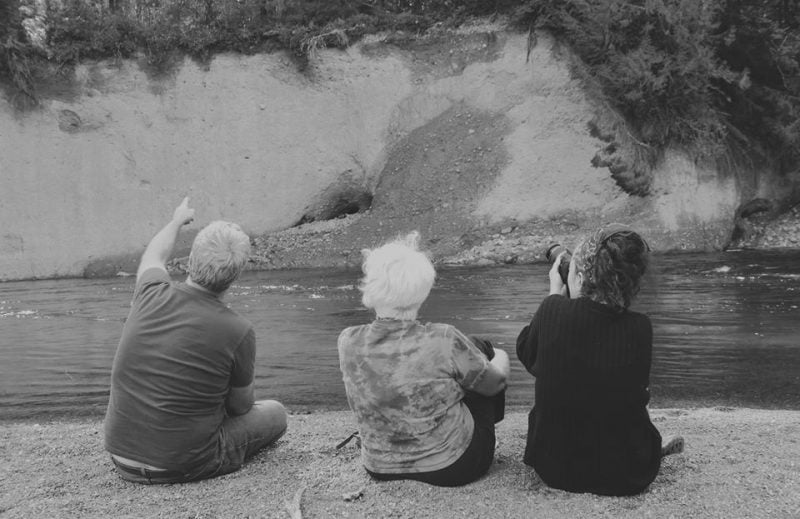
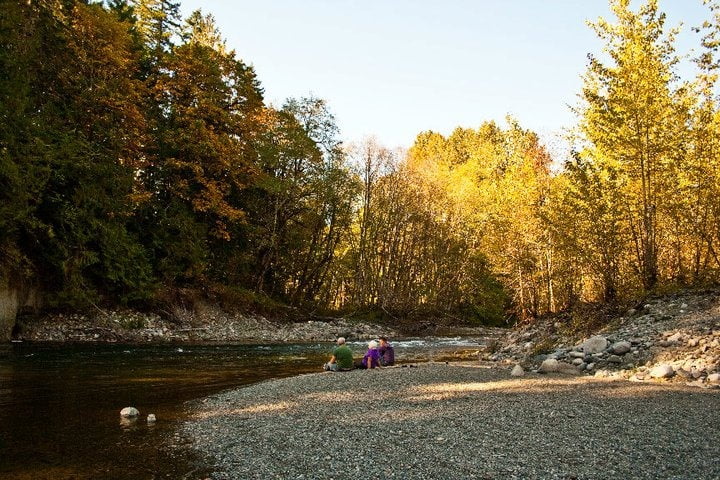
3 comments on “#738 Cowichan soliloquy”
A wonderful review that captures the great essence of Liz Forbes and her amazing family. That property is a treasure indeed — and Liz Forbes has also captured an amazing moment in Old Vancouver Island history. Well done!
An excellent review of an excellent book. Liz Forbes is a skilled storyteller. My husband and I couldn’t put the book down!! Forbes really captured an idyllic twenty years on a charming rural acreage on the Cowichan River.
What a wonderful write up for a more than wonderful true story. I loved it!
Comments are closed.